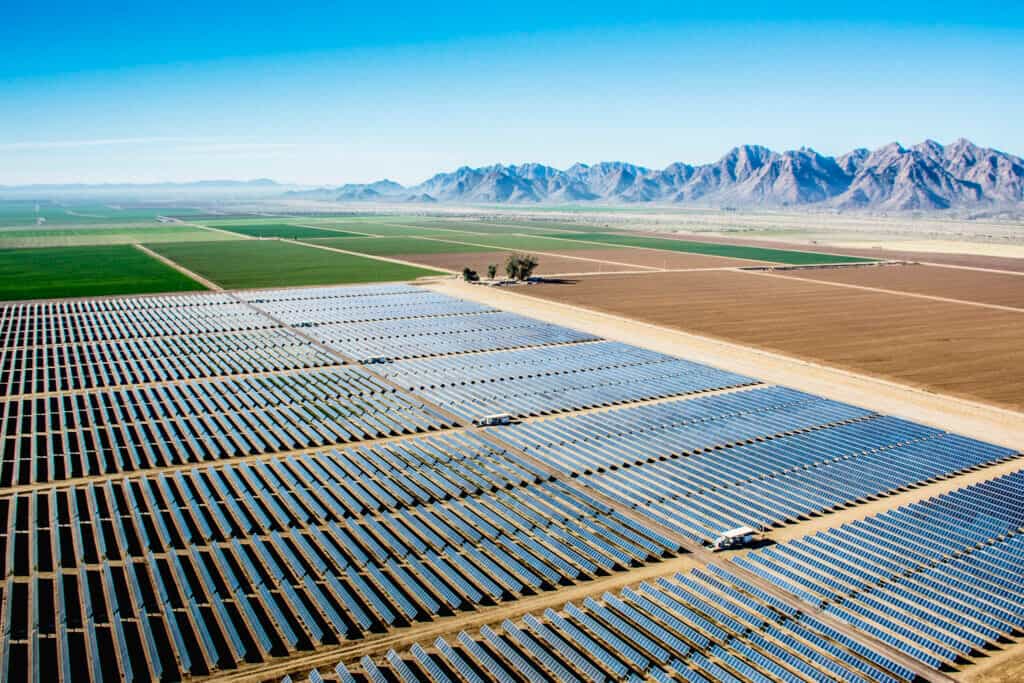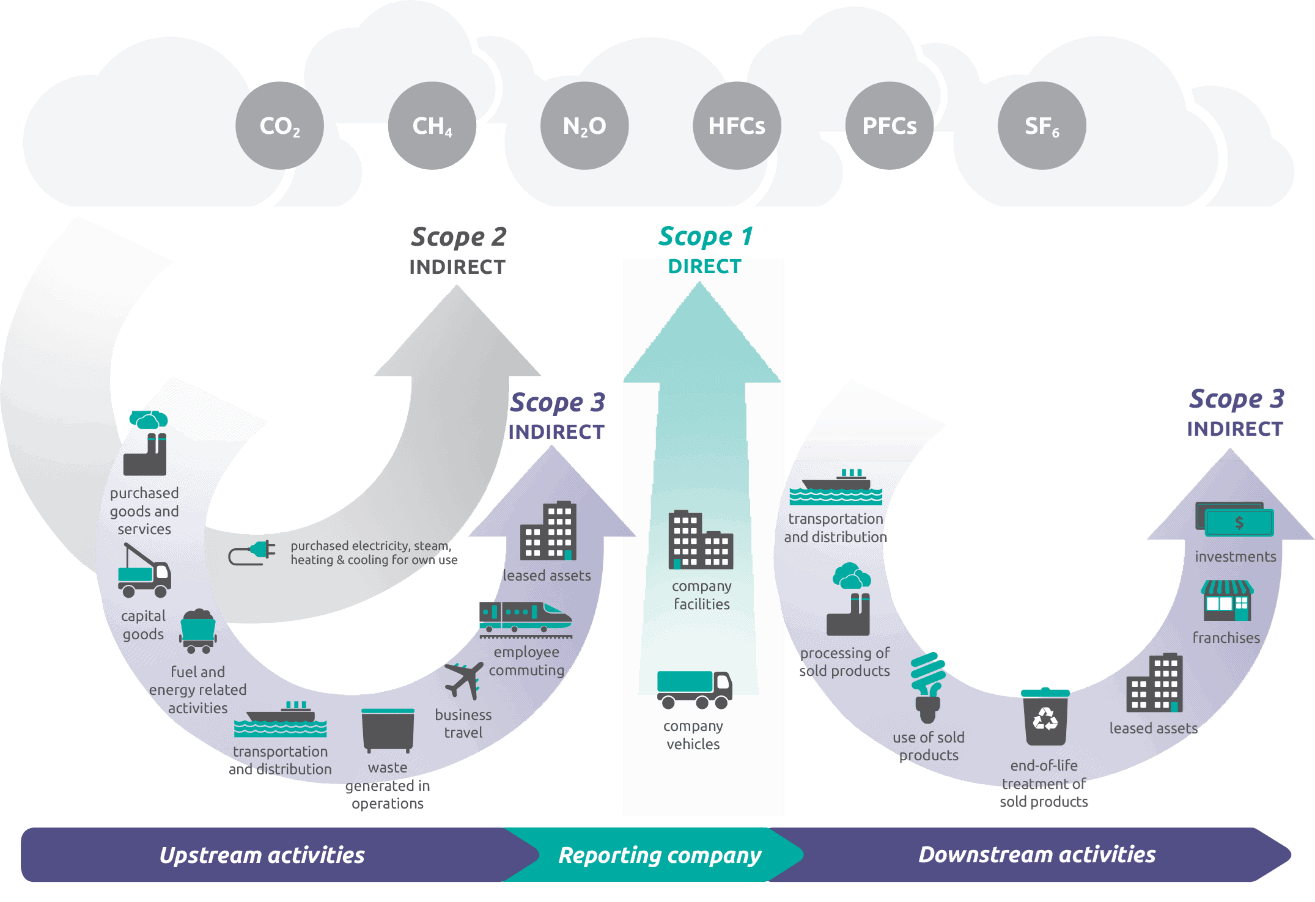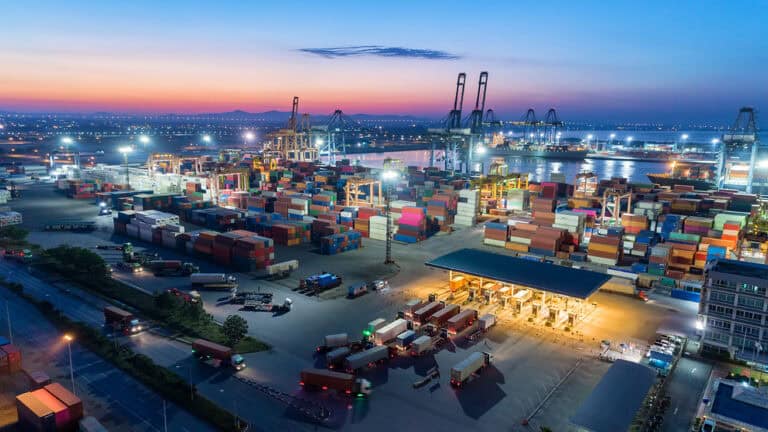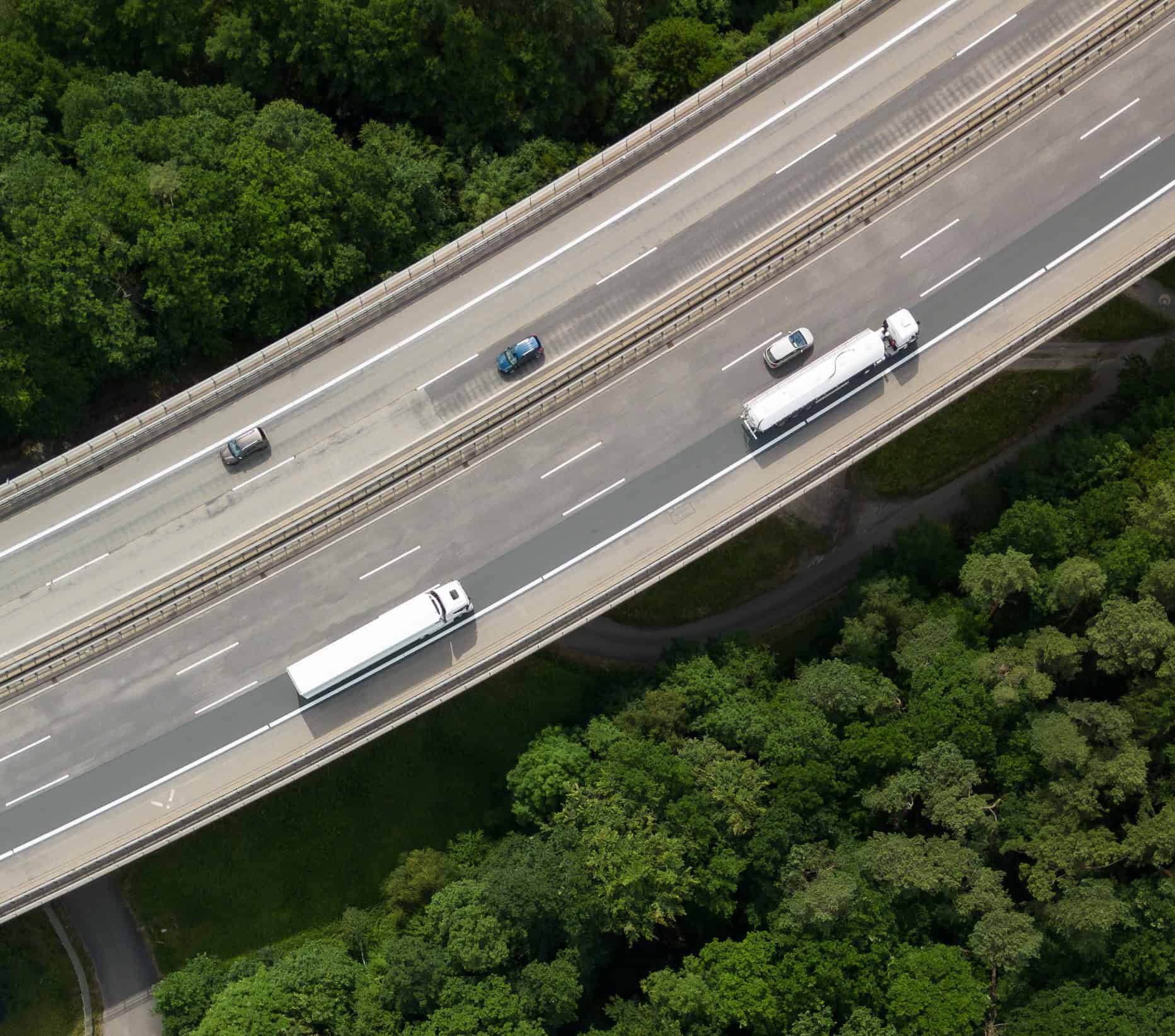
The close of COP26 was a bittersweet moment. There has never been so much awareness and urgency to address climate change, yet there is still so far to go. Anyone participating in or following the proceedings in Glasgow understands the complex challenge of working across nations to gain consensus, let alone to take action. National commitments to aggressive emissions reductions targets by 2030, with net zero by mid-century, are now accepted as base requirements in our pursuit to keep planetary warming within 1.5 degrees Celsius. The science is clear. Broad-brush strokes on how to get there are understood and include phasing out coal in favor of renewables, enabling a widescale adoption of electric vehicles and curtailing deforestation. For me, a key takeaway from COP26 is that denial is over. Climate change is now recognized as an existential crisis that has started to affect everyone—and will only get worse.
We can’t address this crisis without public policy. At the same time, if history is any gauge, we can’t rely on the hope of policy moving fast enough or deep enough to keep planetary temperatures within acceptable boundaries to avert a climate disaster. Hope is not a strategy. There is a clear way forward to kickstart the process and catalyze action through the private sector because corporations have both the will and ability to move fast—much faster than governments.
Green really is green
The private sector is a key stakeholder in finding a balance to live within planetary boundaries. This is especially true for the manufacturers of the world because they build all the stuff that keeps the global economy going. In the US, consumer spending drives almost 70% of the economy. The catch is that consumers no longer want to buy just any stuff. Consumer demand for sustainable goods has grown exponentially in recent years, putting enormous pressure on manufacturers. It’s no longer a tradeoff between price or sustainability. Consumers expect them both and are voting in the most capitalist way possible – with their spending dollars. Progressive manufacturers recognized this trend and got ahead of it to capture market share. More importantly, these leaders were also playing a long game, betting that sustainability at scale will lower overall costs and mitigate business risk from predictable climate-related events such as water shortages, constrained materials and impending carbon taxes. Simply put, you can’t run a factory without water or raw materials; and the prospect of a price on carbon changes the risk dynamics in favor of companies with sustainable practices. There will be big winners and losers in the coming years and proactive CEOs reading the tea leaves have leaned into sustainability, recognizing that green is really green.
Getting to the core
In the same way that nations are making net zero pledges and setting ambitious emissions reduction targets, so too are companies in the private sector. And just like their public sector counterparts, the devil is in the details when it comes to visibility, reporting and compliance regarding carbon emissions and water use for manufacturers. It is also an area that is ripe for greenwashing. Some initiatives have more marketing or investor relations value than achieving meaningful reductions to stay within planetary boundaries. While achieving net zero on a manufacturing facility sounds impressive—and is an important step—it doesn’t shift the needle for manufacturers in terms of their actual environmental footprint.
Sustainability leaders such as Unilever, Procter & Gamble and General Mills have long published life cycle analysis (LCA) reports that assess the full end-to-end footprint of their products. The visibility that comes from the LCA reports is an essential part of making meaningful change. However, in my experience, few outside sustainability circles understand the implications of these assessments. Most people fail to grasp that direct manufacturing operations only account for a few percentage points of the total footprint for large manufacturers. The vast majority of the footprint is hidden within indirect supply chain activities and consumer use. As part of its COP26 coverage, The New York Times turned the spotlight on this to give it mainstream attention by reporting that as much as 95% of the footprint of many manufacturers comes from the global supply chains or waste from their products.
One macro-level truth that has become crystal clear this year is that the supply chain drives the economy. At the company level, CEOs have realized a similar truth—the supply chain drives the core business. As such, any sustainability program that fails to consider the full footprint of the end-to-end supply chain misses the mark. It’s more like window dressing in that it looks nice but doesn’t reflect what’s really going on inside.
Most emissions are hidden outside of the enterprise
The sustainability jargon to define a company’s footprint includes the terms Scope 1, Scope 2 and Scope 3 emissions. For simplicity, I’ll use the term “emissions” generally, but it applies to greenhouse gases and water use alike. Scope 1 emissions encompass the direct footprint of a manufacturer’s operations and facilities, such as factories, warehouses, truck fleets, etc. Scope 2 is the indirect footprint used to power its operations and facilities, such as electricity generated by dirty coal or clean renewables. One way to think of Scope 1 and 2 emissions is that these are enterprise-centric and in the direct control of the manufacturers. This is the easy part of controlling supply chain emissions.
Scope 3 represents all other indirect footprint contributions in a company’s value chain. This includes all upstream and downstream activities, including consumer use and recycling. Upstream activities encompass all supply-related emissions, including those at each tier sub-contractor or co-packers, for all raw materials or components and transportation. For illustration, take a cheese manufacturer. Its upstream footprint would include all the carbon associated with (1) the collection of milk from farmers, its transportation and refrigeration; (2) raising dairy cows and running farms; (3) growing and distributing the feed consumed by the cows; (4) the manufacture of fertilizer used to grow feed crops, etc. A similar story is true for downstream activities, including the emissions related to (1) the distribution of cheese products through retailers, co-ops and online sales; (2) transportation in the case of e-commerce sales; (3) and ultimately, all the way to home refrigeration and cooking dinner. It’s actually more complicated than that, but you get the picture. The point is that the emissions for producing the cheese itself are but a small fraction of the total end-to-end lifecycle footprint.
Naturally, some industries have more complex upstream footprints and others have more complex downstream footprints. Regardless, the simple fact is that the scale of Scope 3 emissions dwarf Scope 1 and 2 for virtually any company that produces and distributes physical goods.
Scope 3 emissions explained

Source World Resources Institute, WRI/WBCSD Greenhouse Gas Protocol Scope 3 Standard
Outside the box – Scope 3 is inherently a multi-enterprise challenge
Making a meaningful difference in private sector footprints means tackling the Scope 3 emissions of the indirect supply chain. In the past few decades, the average size of the indirect supply chain has become larger and more complex. Today, global manufacturers across sectors typically outsource between 60 and 100% of their manufacturing, distribution and transportation to hundreds or thousands of external partners around the world. This makes tackling Scope 3 emissions by definition a multi-enterprise problem.
Let’s unpack that, starting with a story of a Goldman Sachs interview of L’Oreal in June that connects back to the urgency of making a difference. To paraphrase the Chief Corporate Responsibility Officer of L’Oreal, it is no longer sufficient to do “less bad” but to do enough to be within the planetary boundaries required to have a safe operating space for humanity. Making sustainable business decisions requires visibility into emissions, the ability to make informed tradeoffs and optimized decisions considering financial and environmental goals, act on these decisions, learn for next time, report on targets and comply with corporate and regulatory requirements. Doing “less bad” means making sustainable decisions for the operations within the four walls of your enterprise and under your direct control. This tackles the 1-5% of total footprint related to Scope 1 and 2 emissions. Think of this being limited to an enterprise-centric scope, and while it’s an important first step, it is not enough to fulfill your part in keeping within planetary boundaries.
The real challenge is to address the Scope 3 emissions beyond your enterprise. Recall that these emissions represent 95% or more of your entire product footprint. This requires bigger thinking for a multi-enterprise ESG system of record—to gain end-to-end visibility of emissions, use this to make tradeoffs and optimize decisions, orchestrate actions across all parties, learn for next time, report on corporate and partner targets and comply with all regulatory requirements in all relevant jurisdictions.
While no vendor currently offers a multi-enterprise ESG system of record, the ones best positioned to make this a reality are those that have a proven multi-enterprise financial system of record. Again, the devil is in the details. Multi-enterprise systems of record that span hundreds or thousands of external parties are complex and it takes decades to build software that works at scale. While adding carbon and water to an end-to-end platform is not a trivial task, it’s far easier when the base platform is already multi-enterprise with years of proven performance at scale.
Time is now
Now that COP26 is officially over, the daily fanfare and media coverage have subsided, but the urgency remains. Despite agreement that nations need to immediately do more to avoid a catastrophic rise in global temperatures and a surprise US-China declaration to work together, there was little regarding concrete actions. Many are disappointed and see the outcome as more of a failure than success—symptomatic of the complex dynamics that underpin public policy. My take is more optimistic. Regardless of how you view the policy scorecard, COP26 was a big win for industry engagement and consumer awareness. The climate denial era is behind us. In its place is a recognition that staying within planetary boundaries is the defining challenge of our generation. Our public leaders did not align on the path forward in Glasgow, but the additional awareness served to focus the will of the private sector to do more and do it now. It’s time for more than just a tick in the ESG box because simply doing “less bad” is no longer enough.
Reach out
If you are interested in tackling Scope 3 carbon and water emissions, reach out and let’s start a discussion. I’d love to hear your perspective on the concept of a multi-enterprise ESG system of record and share thoughts on how this can all come together for our modern global supply chains.

Author
John Lash
John Lash heads up Product Strategy at e2open, creating the long-term vision for a next-generation connected supply chain to help the world’s largest companies serve more people more efficiently with fewer resources. Previously, he led Product Marketing, including analyst relations, competitive intelligence, and ESG-related product initiatives. Prior to e2open, John held leadership positions in environmental sustainability, high-tech, and data communications industries, with more than 30 years of experience in business development, strategy, sales, marketing, and mergers and acquisitions.







